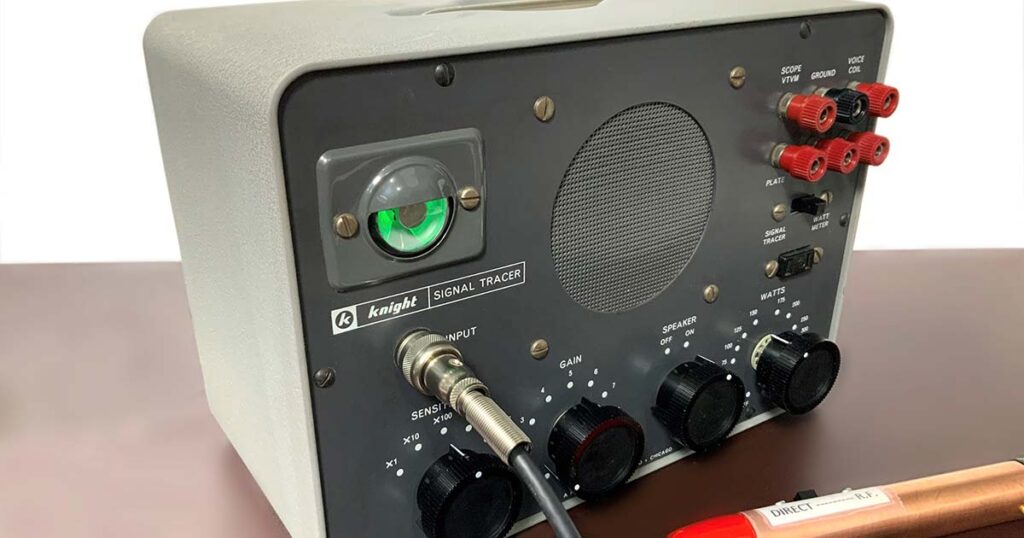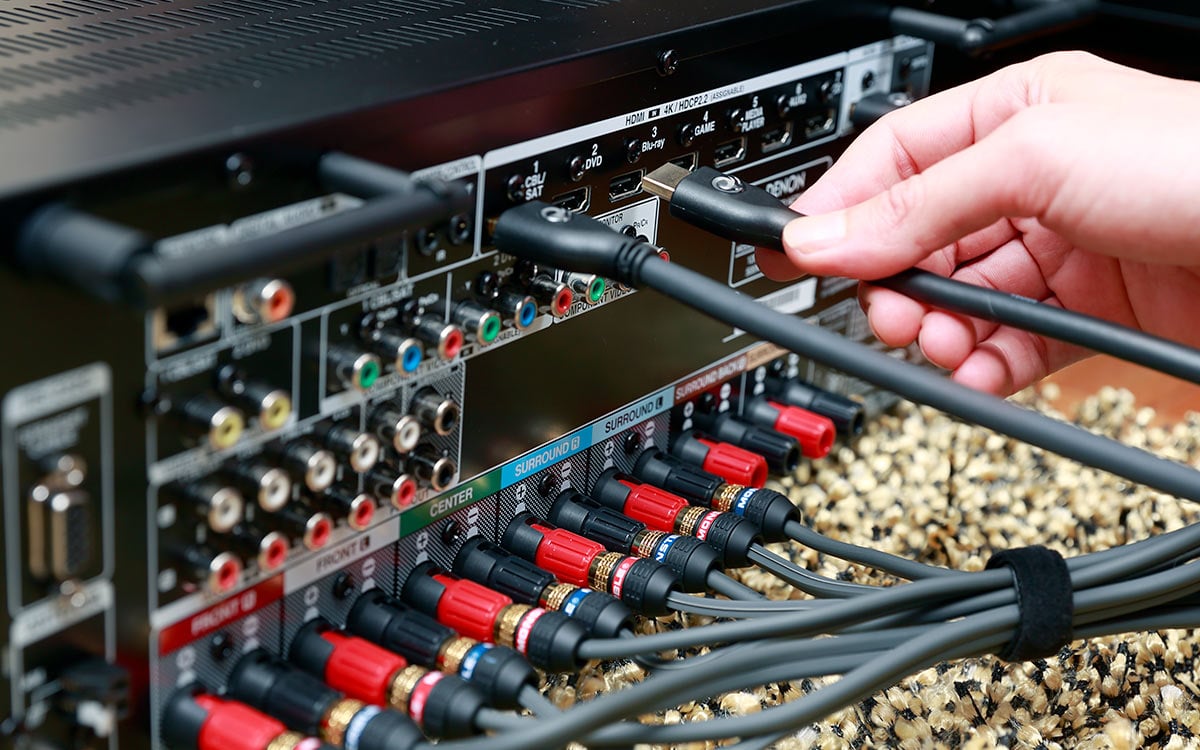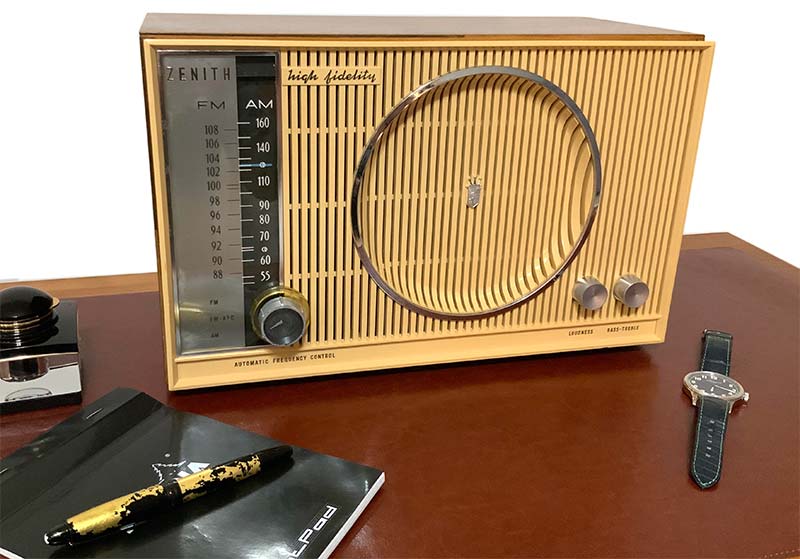Radio receivers, whether they’re vintage tube radios or modern solid-state models, are marvels of technology that allow us to tune into broadcasts from around the world. However, like any electronic device, radio receivers can develop issues over time that require troubleshooting, repair, and maintenance. In this beginner’s guide, we’ll explore the basics of repairing and maintaining radio receivers, covering common problems, diagnostic techniques, and essential maintenance tasks.
Understanding Radio Receivers
Before diving into repair and maintenance, it’s essential to understand how radio receivers work. A typical radio receiver consists of several key components, including:
- Antenna: Receives radio frequency (RF) signals from the airwaves.
- Tuner: Selects a specific frequency or channel for reception.
- Detector/Demodulator: Converts the RF signal into an audio signal.
- Amplifier: Boosts the strength of the audio signal for playback.
- Speaker: Converts electrical signals into sound waves that we can hear.
Common Problems with Radio Receivers

Radio receivers can experience a range of issues, both mechanical and electrical. Some common problems include:
- No Power: The receiver fails to turn on or receive any signals.
- Poor Reception: Weak or distorted audio signals, interference, or static.
- Tuning Issues: Inability to tune into specific frequencies or channels.
- Audio Distortion: Distorted or garbled audio output.
- Noisy Controls: Crackling or scratching noises when adjusting knobs or switches.
- Interference: Radio frequency interference (RFI) from nearby electronic devices or appliances.
Diagnostic Techniques
When troubleshooting a radio receiver, it’s essential to follow a systematic approach to diagnose and identify the underlying issues. Here are some diagnostic techniques to consider:
- Visual Inspection: Inspect the exterior and interior of the receiver for signs of damage, loose connections, or component failures.
- Check Power Supply: Ensure the receiver is receiving power and that the power supply components are functioning correctly.
- Test Antenna: Verify that the antenna is properly connected and oriented for optimal reception.
- Signal Tracing: Use a signal tracer or multimeter to trace the audio signal path through the receiver and identify points of failure.
- Component Testing: Test individual components, such as capacitors, resistors, and transistors, for proper function using a multimeter or other testing equipment.
- Replace Suspect Components: Replace faulty components identified during testing, such as capacitors that have leaked or resistors that have drifted out of tolerance.
Essential Maintenance Tasks
Regular maintenance can help prevent issues and prolong the lifespan of your radio receiver. Here are some essential maintenance tasks to perform:
- Clean Controls and Contacts: Use a contact cleaner or electronic cleaner to clean potentiometers, switches, and connectors to remove dust, dirt, and oxidation.
- Inspect and Replace Capacitors: Electrolytic capacitors have a limited lifespan and can degrade over time. Inspect capacitors for signs of leakage, bulging, or physical damage, and replace as needed.
- Check Wiring and Connections: Inspect wiring and solder joints for signs of damage, corrosion, or loose connections. Resolder any suspect joints and replace damaged wiring as necessary.
- Clean Inside and Out: Periodically clean the interior and exterior of the receiver to remove dust, dirt, and debris that can affect performance and airflow.
- Test and Calibrate: Use a signal generator and frequency counter to test the receiver’s performance and calibrate tuning circuits for optimal sensitivity and accuracy.
Safety Precautions

When repairing and maintaining radio receivers, it’s essential to observe proper safety precautions to prevent injury and damage to equipment. Some safety tips to keep in mind include:
- Disconnect Power: Always disconnect power from the receiver before performing any maintenance or repair work to avoid electrical shock.
- Use ESD Protection: Use proper electrostatic discharge (ESD) protection, such as grounding straps or mats, to prevent damage to sensitive electronic components.
- Handle Components Carefully: Handle electronic components with care to avoid damage from static electricity, heat, or mechanical stress.
Repairing and maintaining radio receivers can be a rewarding and educational experience for amateur radio enthusiasts. By understanding the basics of radio receiver operation, learning common troubleshooting techniques, and performing regular maintenance tasks, you can keep your receiver in top condition and ensure years of reliable performance. Whether you’re restoring a vintage tube radio or maintaining a modern solid-state receiver, following this beginner’s guide will help you diagnose issues, perform repairs, and keep your receiver operating at its best.

